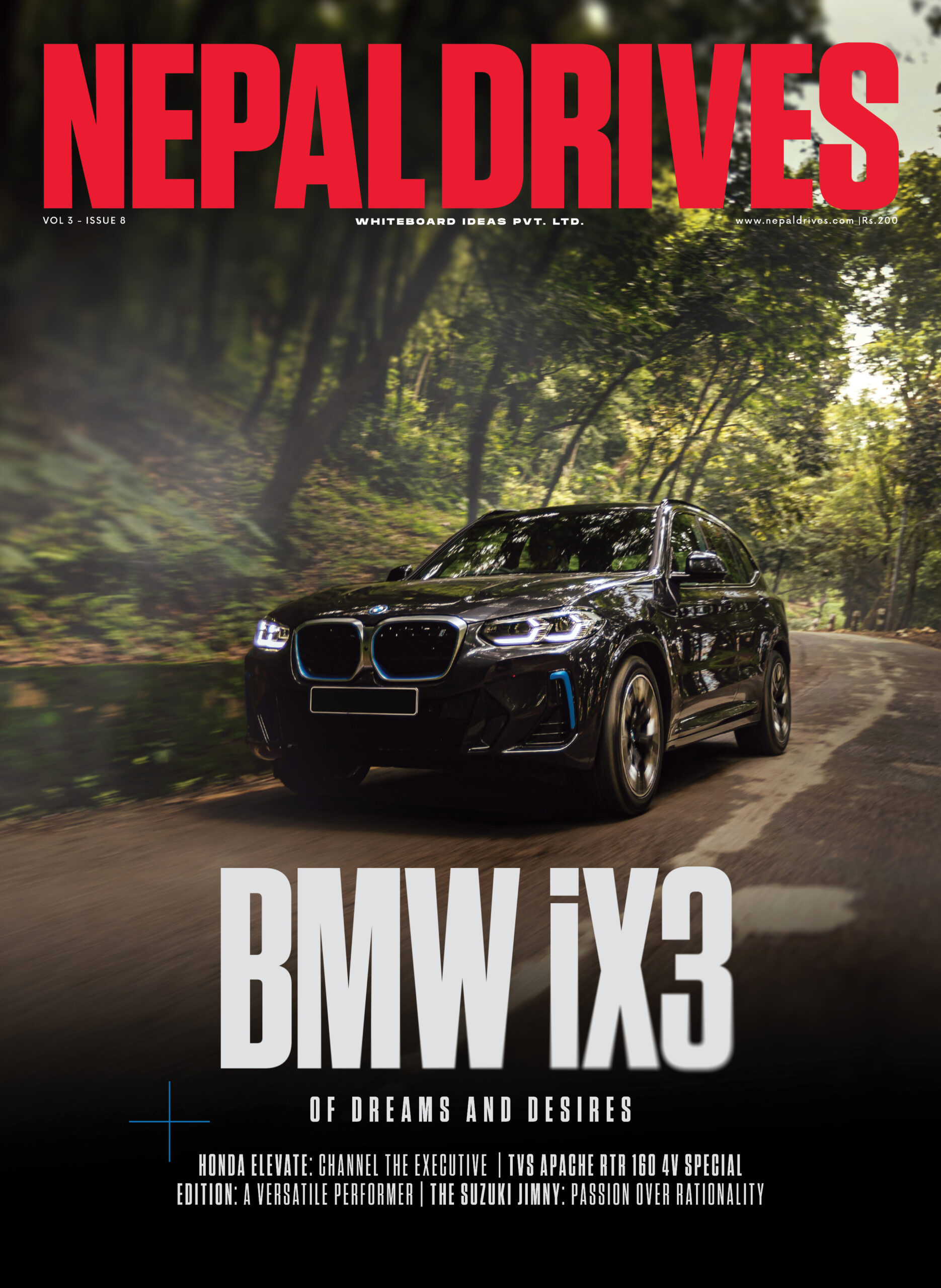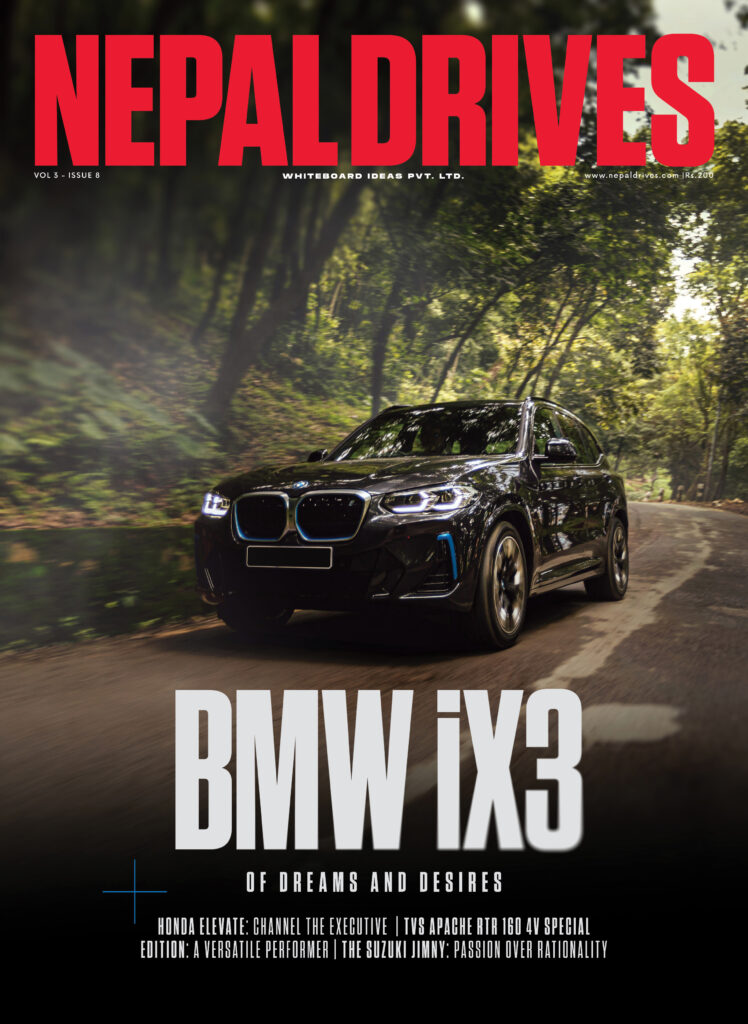The Bajaj Legacy: Celebrating 25 Years In Nepal With its Most Iconic Motorcycles
Share
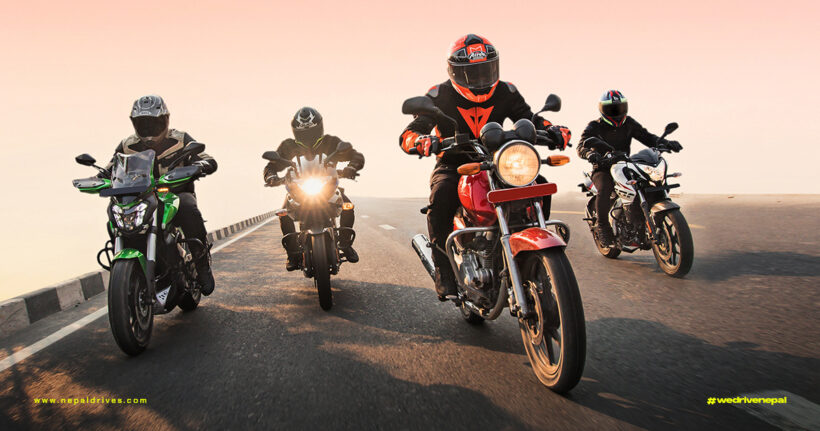


In a world of slow-moving Splendors and drearily practical (Kinetic) ZXs, the Pulsars were a breath of fresh air. Scratch that. The Pulsars were a pungent, sinister whiff of unbridled manliness that promised performance for the masses. We start with the Pulsars because this is what cemented Bajaj as what it is now today, the most valuable two-wheeler company in Nepal with over 8 lakh customers. But, it all started in 1998 with its humble workhorse, the Bajaj Caliber. For those counting, yes, 1998 was 25 years ago.
In the years since, Bajaj Auto in Nepal has achieved remarkable milestones, blazing trails as the first motorcycle brand to venture into the Himalayan region with the inauguration of a showroom in Jomsom, holding the distinction of being the highest-altitude Bajaj showroom in the world. Furthermore, Bajaj Auto has established Nepal’s first-ever motorcycle assembly plant, setting new benchmarks in the industry. These achievements have made the Pulsar motorcycle one of the most adored and sought-after choices among motorcycle enthusiasts in Nepal.
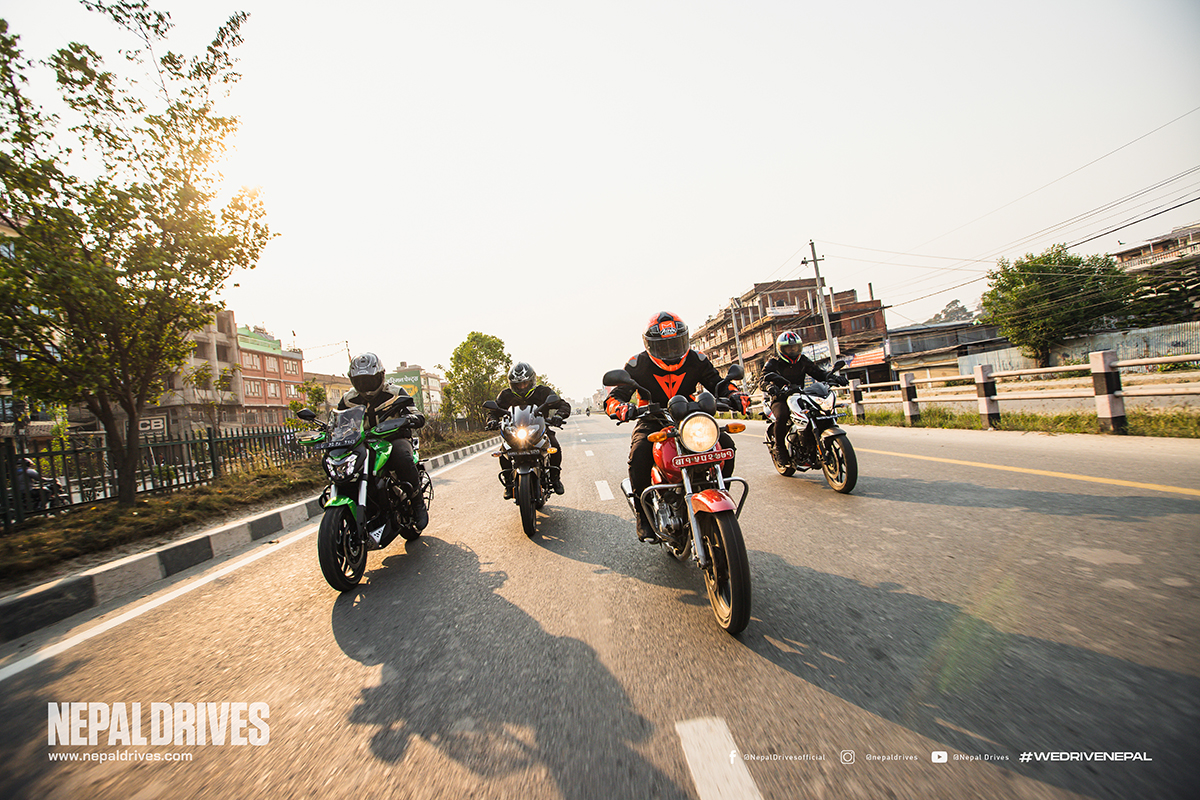
Amongst the motorcycles that Bajaj has introduced to the Nepalese market, there are a couple that we feel have been iconic. And, in order to celebrate the company’s silver jubilee, we had the opportunity to revisit what we believe were the game changers to come from the Bajaj roster.
2001 PULSAR 150 AND 180: THE FIRST OF ITS NAME
During its heyday, Hero Honda was a force to be reckoned with, thanks to its flagship model, the 150cc CBZ, which dominated the segment. Boasting an eye-catching aesthetic appeal, the CBZ was equipped with a pioneering 5-speed gearbox that complemented its powerful 156.8cc engine. This dynamic combination allowed the CBZ to go from 0 to 60kmph in a mere 5 seconds and achieve a top speed of 125kmph, making it the undisputed king of the 90s.
However, in 2001, the Bajaj Pulsar burst onto the scene and dethroned the CBZ with its 150cc and 180cc variants. Pulsar’s “Definitely Male” campaign captured attention, and its groundbreaking performance features set a new benchmark in the budget segment.
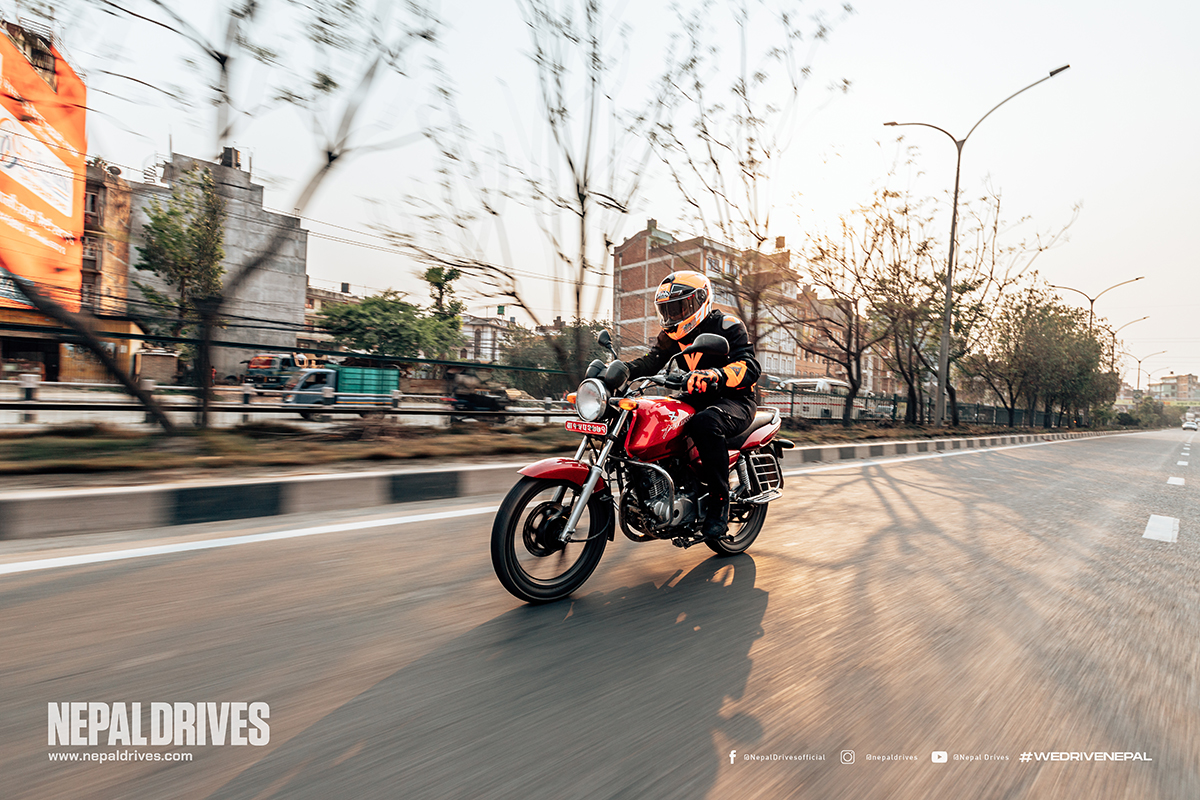
With its unmatched performance and affordability, the Pulsar quickly became the epitome of excitement on two wheels, solidifying its status as the poster child of thrill-seeking riders. The disc brakes and electric starter that came as standard, along with the 18-liter fuel tank helped put the Pulsar on the automotive map and helped cement its iconic stature.
2003 PULSARS GET THE ICONIC HEADLIGHTS AND THE DTS-i TREATMENT
The Pulsars enjoyed the limelight and succeeded in being one of the most revered motorcycles in the segment. In 2003, Bajaj decided to give these models upgrades, including replacing the round retro headlamps with twin headlamps for a more modern look.
However, the most significant change was in the engine, which now featured revolutionary DTSi technology. This breakthrough technology greatly improved fuel efficiency, allowing the bikes to achieve remarkable mileage. The 150cc variant, for example, could now travel over 50 kilometers on just a single litre of fuel, making it an incredibly economical choice for riders.
The ExhausTEC was also introduced with these bikes, which worked to give a slight boost in torque and the nitrox suspensions for the dual shock absorbers for better comfort.
2007 JUICED UP PULSARS ON THE PROWL
In 2007, Bajaj unleashed the much-awaited Pulsar 200 and Pulsar 220-Fi, setting a new benchmark for performance bikes. The Pulsar 200 retained the classic Pulsar design elements, but it packed a punch with its robust engine, churning out an impressive 18 horsepower. It featured split seats, an electric starter, a wider 120-section rear tyre and sharper styling.
However, it was the Pulsar 220-Fi that stole the show with its radical features. Sporting clip-on handlebars, projector headlamps, and split seats, the Pulsar 220-Fi boasted the most powerful engine in the entire Pulsar line-up, producing a respectable 19 horsepower.
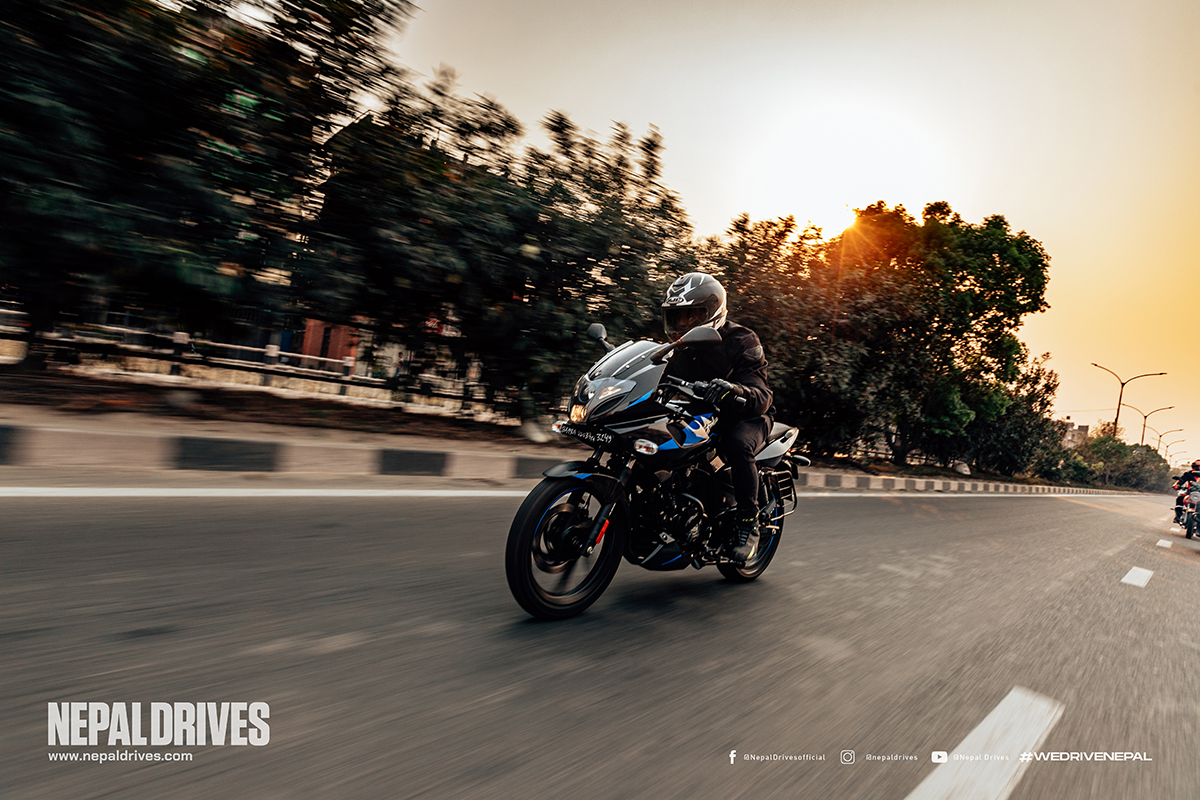
Despite its cutting-edge fuel injection technology, the Pulsar 220-Fi faced challenges in attracting customers. To address this, Bajaj took a bold step and relaunched the Pulsar 220 with a carburettor, a move that paid off as it garnered significant success among riders.
The Pulsar 220 with carburetion became a crowd favourite, showcasing Bajaj’s commitment to delivering motorcycles that resonate with the preferences of its customers.
2012 GET NAKED
The introduction of the Pulsar NS200 marked a new chapter of innovation for Bajaj, setting a new standard for naked sports bikes. With its KTM-derived engine, the NS200 emerged as the most powerful Pulsar ever launched, boasting cutting-edge features that pushed the boundaries of performance.
At the heart of the NS200 was a liquid-cooled DTS-i triple spark engine, seamlessly mated to a six-speed gearbox, delivering unmatched power and efficiency. Its stiff perimeter frame and gas-charged mono shock suspension made it the epitome of handling excellence, setting a new benchmark for Pulsar models.
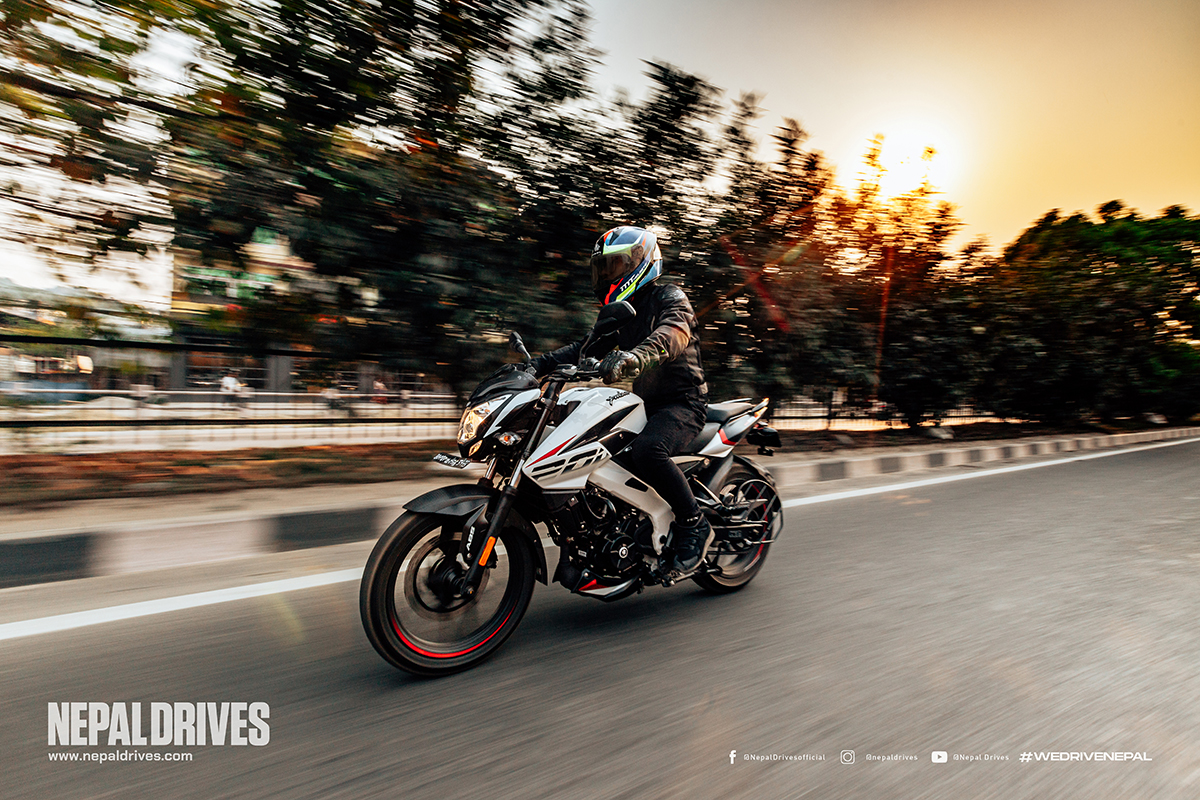
Remarkably, even after its initial launch in 2012, the Pulsar NS200 continues to captivate riders and remains a formidable contender in the market. Its timeless design, advanced technology, and unwavering performance make it a compelling choice for motorcycle enthusiasts who seek the thrill of the ride. Bajaj’s unwavering commitment to innovation and excellence is evident in the enduring appeal of the Pulsar NS200, solidifying its position as a true icon in the world of motorcycles.
2016 THE AGE OF THE SPORT TOURER
Bajaj broke new ground with its heavy hitter, the Dominar, and stepped into the world of sport-tourers. Launched in 2016, the Dominar sauntered into the field with a massive 373.33cc engine that produced 34.5BHP and 34Nm of torque, a perimeter frame, and a pressed-steel swingarm.
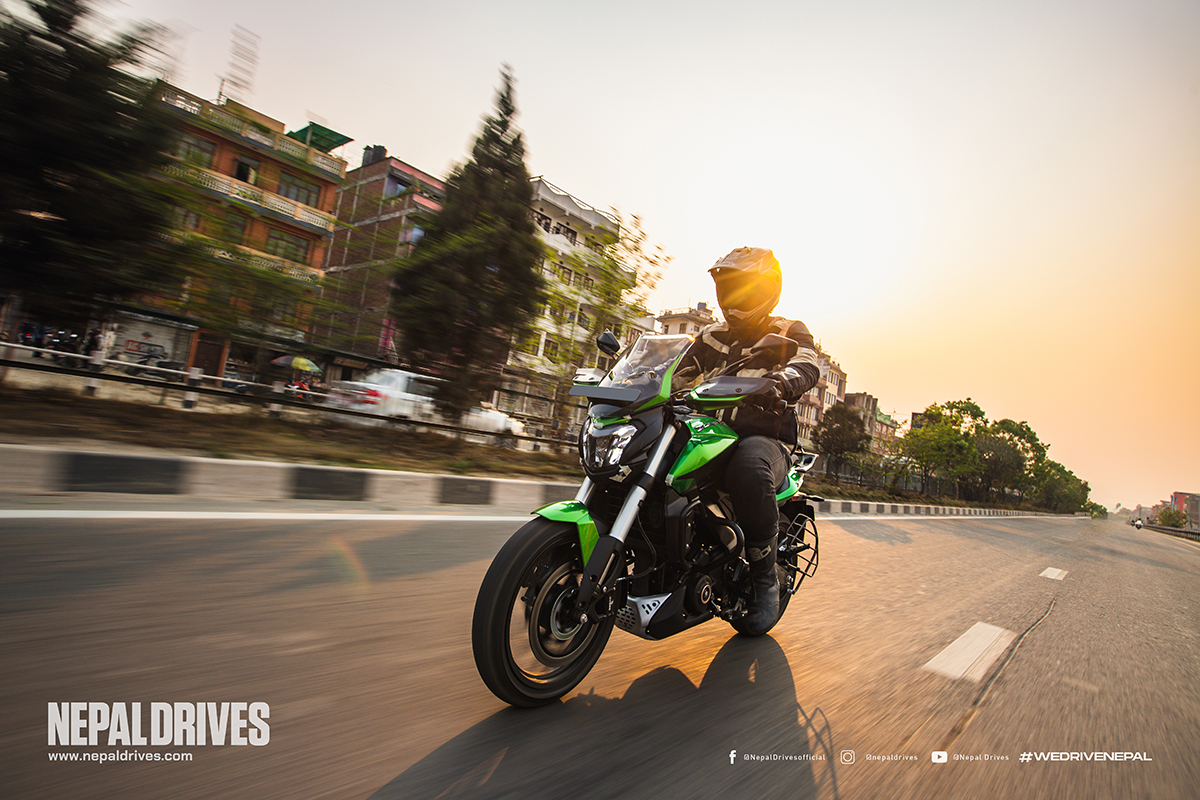
This was a serious sports tourer that was capable of some incredible mile-munching activities. In fact, it created history by becoming the first Indian-made motorcycle to conquer the world’s toughest journey, the Trans-Siberian Odyssey. The gruelling journey spanned over 53 days and saw three riders traverse about 15,600km across Uzbekistan, Tajikistan, Kyrgyzstan, Kazakhstan, Mongolia and Russia. And mind you, the three riders of this journey did it without any service support or backup.
HONOURABLE MENTIONS
BAJAJ AVENGER: The Bajaj Avenger, which replaced the Kawasaki Eliminator, was the first affordable cruiser-style motorcycle in this part of the world. It was launched with a 180cc engine, which was subsequently increased to 200cc and then 220cc later on.
BAJAJ N250: Continuing the legacy of the Pulsars is the new N250. Bajaj launched the new Pulsar 22 years after the first one left its factory. At the moment, it is the biggest, fastest Pulsar yet – with a mission to yet again change the sports-biking landscape in our part of the world. It is also the most affordable quarter-litre motorcycle out there.
BAJAJ DISCOVER: The workhorse of the family, the tireless Discover serves as the go-to choice for people looking for something to get the job done. With a small 125cc engine powering it, the Discover claims an ARAI Mileage of 81kpl. Realistically, that number drops to 65kpl, which is still very impressive.



